 |
| June 28, 2022 | Volume 18 Issue 24 |
Designfax weekly eMagazine
Archives
Partners
Manufacturing Center
Product Spotlight
Modern Applications News
Metalworking Ideas For
Today's Job Shops
Tooling and Production
Strategies for large
metalworking plants
Bentley Speed Six reborn: Tool around like it's 1929 and you just won Le Mans
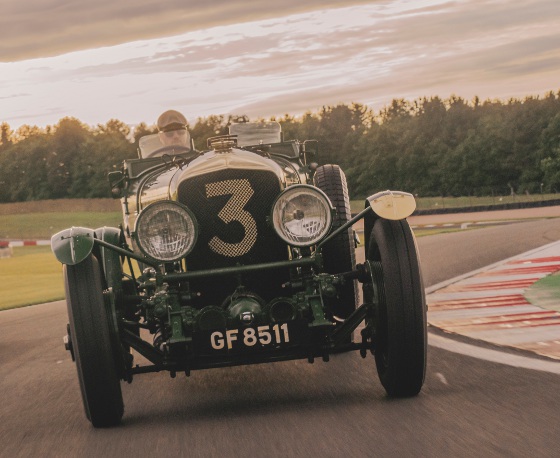
Feeling nostalgic and got some real coin to spend? If so, you can try to recapture that Le Mans-winning spirit of 1929.
Bentley Mulliner is building new Speed Six models from scratch. The 197-hp straight-six Speed Six became the most successful racing Bentley of its time -- and now 12 lucky people in the world get a chance to own a new one.
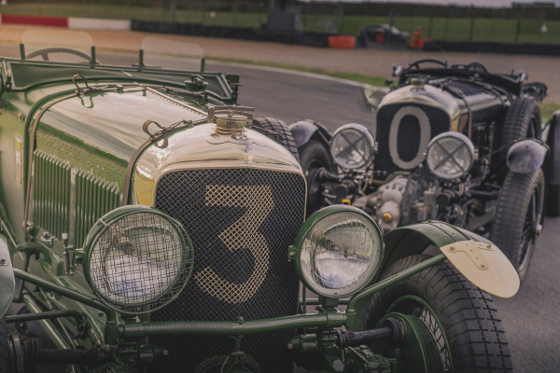
Built on the success of the 2020 Blower Continuation series
The Speed Six redux comes on the heels of the success of Bentley's 12-car 1929 4.5-L Blower Continuation Series (black "0" car in these photos), which was based on the car that raced alongside the Speed Six in 1930. The first new Blower was finished in 2020 [see Designfax article here]. It features aluminum pistons, an overhead camshaft, four valves per cylinder, a magnesium crankcase, and twin spark ignition. It also sports a newly machined Amherst Villiers roots-type supercharger ("aka blower") that has been added in front of the radiator, just like the original, which boasted 177 hp. It is driven straight from the crankshaft.
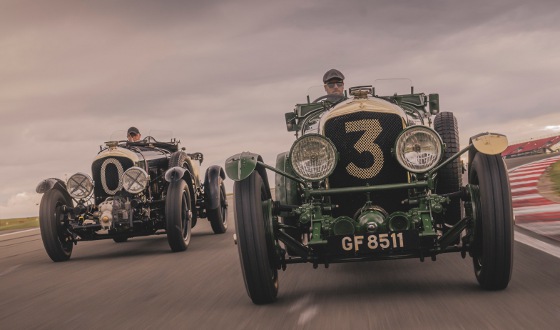
Bentley's own Team Car #2 was used as the master model for the Blower Continuation Series, with every single component laser-scanned as part of the wheels-up re-creation. 1,846 individual parts were designed and handcrafted to fashion the new Blower. Bentley says 230 of those parts were actually assemblies (one of which is the engine), taking the total part count to several thousand when fixings and interior trim parts are included. Each of these parts and assemblies was created by a project team of Bentley Mulliner engineers, craftspeople, and technicians working together with a number of British specialists and suppliers.
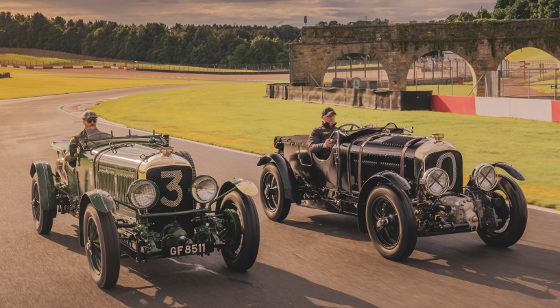
The Speed Six Continuation Series will go through the same painstaking process. The Mulliner team has created a complete 3D CAD model from both the original blueprints and detailed analysis of original cars. Two cars have been referenced for this process: "Old Number 3," which was the third of three Speed Sixes entered by Bentley into Le Mans in 1930, and Bentley's own Speed Six (GU409, which is part of Bentley's expanding Heritage Collection), a 1929 road car wearing an identical four-seat Vanden Plas body to the original racers and restored to the same specification.
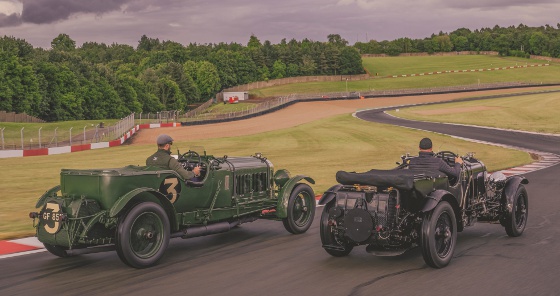
For the Speed Six, bigger is better
While the 4.5-L Bentley Blower relied on supercharging as its main "super" power, the Speed Six went the bigger-is-better route. W.O. Bentley believed that the best way to increase power was to increase capacity, as opposed to Sir Henry 'Tim' Birkin (one of the "Bentley Boys" racers), who had faith in blower tech (supercharging).
The beginnings of the Speed Six lie in the 1927 6.5L first developed as a high-performance version of the 1926 6.5-L Bentley. For it, Bentley developed a new, larger, naturally aspirated engine. With a bore of 100 mm and a stroke of 140 mm, this new straight six had a capacity of almost 6.6 L. In base form, with a single Smiths five-jet carburetor, twin magnetos, and a compression ratio of 4.4:1, the 6.5 L delivered 145 hp at 3,500 rpm. A dry plate clutch made for quick gear changes. 362 examples were built at Bentley's factory in Cricklewood, north London.
The Speed Six chassis was introduced in 1928 as a more sporting version of the 6.5 L. The engine was modified to liberate more power, with twin SU carburetors, a higher compression ratio, and a high-performance camshaft -- together providing an increase in power to 177 hp. The Speed Six chassis was available to customers with wheelbases of 138 in. (3,505 mm), 140.5 in. (3,569 mm), and 152.5 in. (3,874 mm), with the short chassis being the most popular. 182 Speed Six models were built between 1928 and 1930. They featured technical and design elements that made them both racers and tourers.
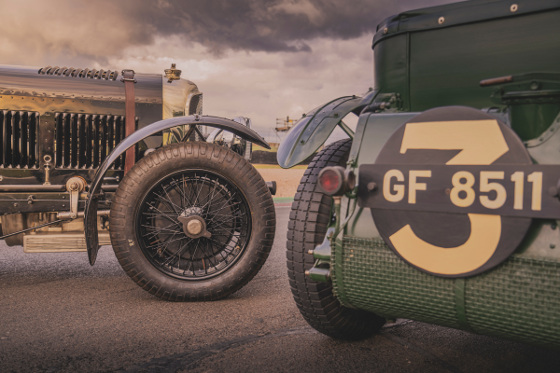
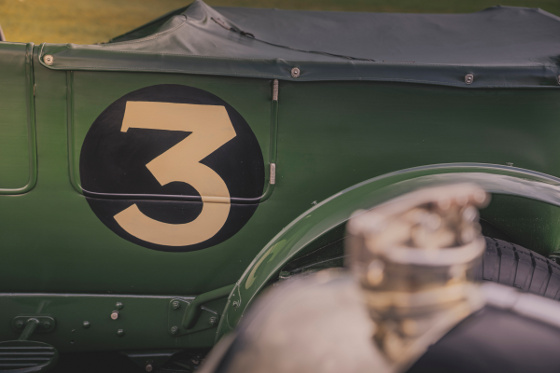
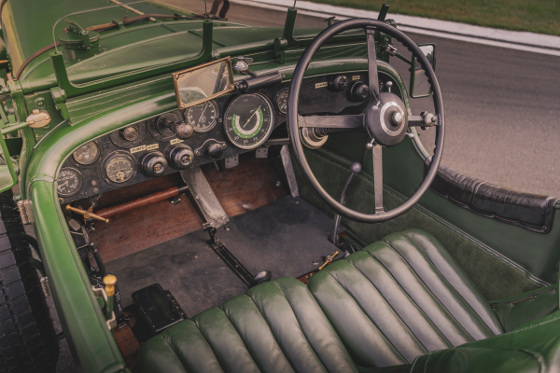
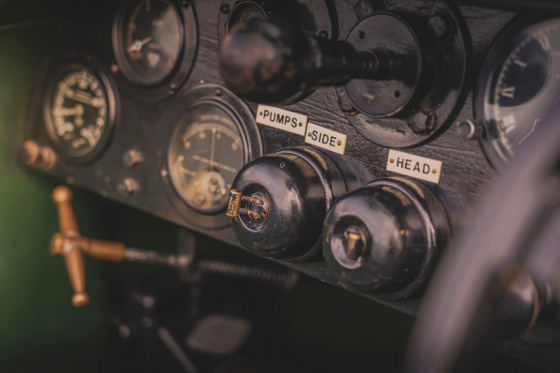
The racing version of the Speed Six had a 4-speed transmission, a wheelbase of 11 ft (3,353 mm), and a further-developed engine running a compression ratio of 6.1:1 and developing 197 hp. Two wins at the 24 Hours of Le Mans in 1929 and 1930 cemented the Speed Six's place in Bentley history, with the 1929 victory setting a new benchmark for dominance at the race. Driven by Woolf Barnato and Birkin, a Speed Six led from the first lap until the checkered flag, followed by a procession of three 4.5-L Bentleys. A new lap record of 7:21 had been set by Birkin, taking 46 seconds off the previous best and requiring an average speed of 83 mph. By covering 2,844 km, a distance record was also attained. Such a dominant performance by one manufacturer was not seen again at Le Mans for nearly 30 years.
The new Speed Six will be authentic to the design of the racers of 1929 and 1930. It should reach a top speed of 125 mph -- which could be a lot to handle for modern drivers used to power steering and other post-1930 tech.
The first new Speed Six will be assembled in the second half of this year. It will become the engineering test and development car for the project. Speed Six Car Zero will be retained by Bentley, joining Blower Car Zero (the black car show in these photos) at Bentley HQ.
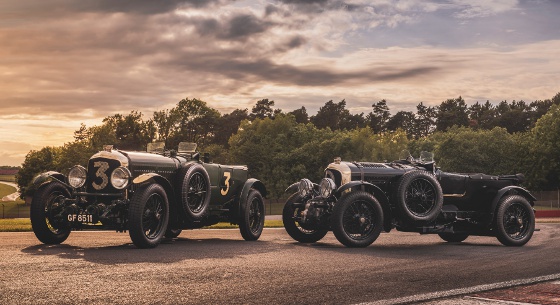
The new Speed Six is priced at $1.8 million.
Source: Bentley Motors
Published June 2022
Rate this article
View our terms of use and privacy policy
